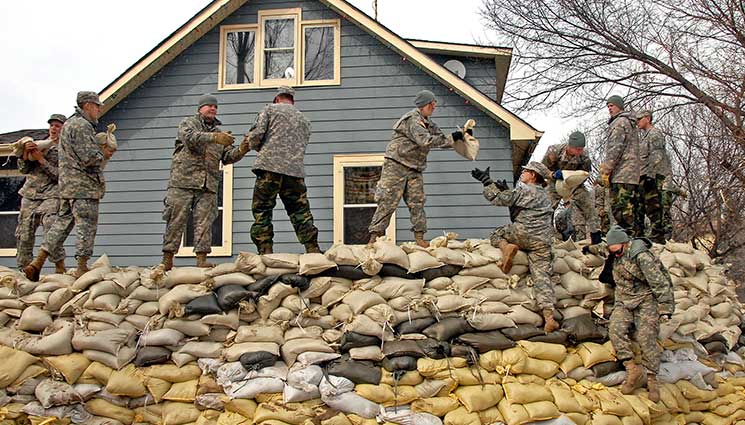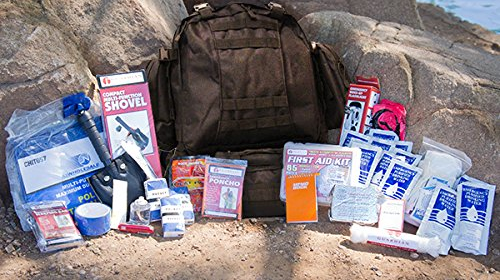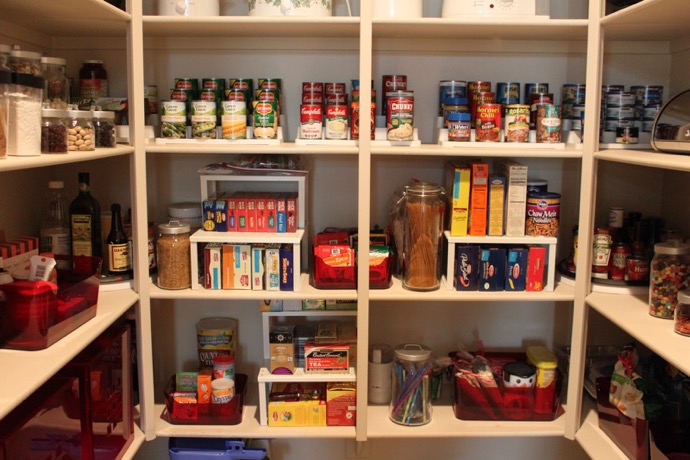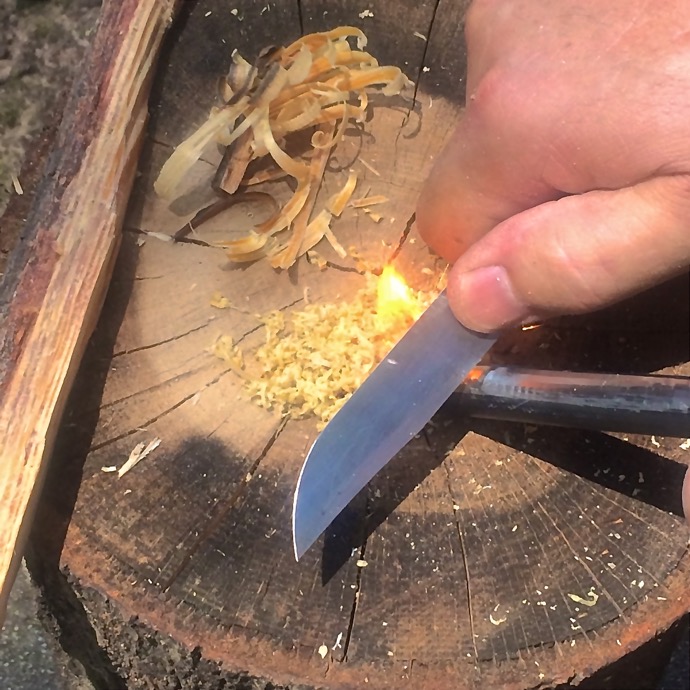Do You Know How to Build a Prepper Pyramid?
A prepper pyramid is a nice way to illustrate the hierarchy of needs in order of importance during a SHTF or survival situation. They are patterned after the familiar “food” pyramid that shows us how to achieve a balanced daily diet. Some prepper pyramids vary in terms of small details, but most of them echo similar important principles. Let’s take a look at the main components of a good pyramid so that you can easily visualize what things matter the most in terms of your preparedness efforts.
Base Level

The base level is all about immediate needs: Water, food and shelter. This represents the most basic and important requirements that we must have in order to survive. We can’t live for more than a few days without water. We can only last a few weeks without food, and some would argue that finding immediate shelter is more important than water. In any case, without these three things, we’re doomed. Make sure that you have access to all of these things all of the time.
Second Level
The second level represents short to medium-term survival situations. Consider this as the period of time following a disaster before having access to basic services and resources. This usually ranges from a few days to a few weeks. You want to make sure that you have adequate shelter along with enough food, water, medicine, access to basic sanitation and security during this intervening period. While some crises begin and end in seconds with little backlash, many disasters have medium-term ramifications that most people are not prepared to deal with. Always have a month’s worth of basic essentials on hand in your home, shelter or bug-out location.
Third Level
This level represents long-term survival requirements. This is the category when we start thinking about complete self-reliance after a SHTF scenario. Maybe you’re marooned in the wilderness. Perhaps we are faced with war, famine, a cataclysmic event or social or economic collapse. These situations will not be resolved in a few weeks. This is the time when you start asking yourself how to become self-reliant and what needs to be done to get to that place.
Keep in mind that SHTF situations can be local or global in scale. A major earthquake can create a long-term SHTF crisis for millions of people in a small geographical area inasmuch as an economic collapse can send the entire world into a tailspin. SHTF situations are entirely possible, but highly unlikely. Consequently, it’s important to be prepared, but it’s more important to be ready to deal with the medium-term problems first. However, you also need to be ready to transition into the more long-term scenarios as well.
Skills
In addition to the hierarchical approach to preparedness, it’s also important to have sets of skills that you can use as necessary. This includes everything from knowing how to barter, hunt or forage for food, maintain security, navigate without equipment and develop good bushcraft skills. There is no end to the skills that you can learn, and there’s no telling when any one of them will be put to good use. Make sure that you are taking as much time building your skill set as you are preparing so that you can adapt as necessary.
Community

While there may be situations when we are facing a life-or-death crisis alone, chances are more likely that we will be with other people. Chances are that we will need to rely on others as well. This may come in the form of bartering, trading or cooperating in order to get through difficult times. Start building relationships with your neighbors, friends, family and fellow preppers so that we can fall back on each other when times get tough. While there is always the risk that some people can turn on us during a crisis, the benefits of having strong connections are far more powerful. Make sure that you are building your social circle and strengthening ties with others. This will help to ensure that we don’t end up facing a survival situation alone if we don’t have to.
This is just a basic summation of how to prioritize, think and build your survival portfolio. Make sure that you focus on the immediate needs and start working up from there. It’s really easy to lose perspective as our preparedness efforts grow, and looking at the survival pyramid can help us to keep our focus on what matters most.

















